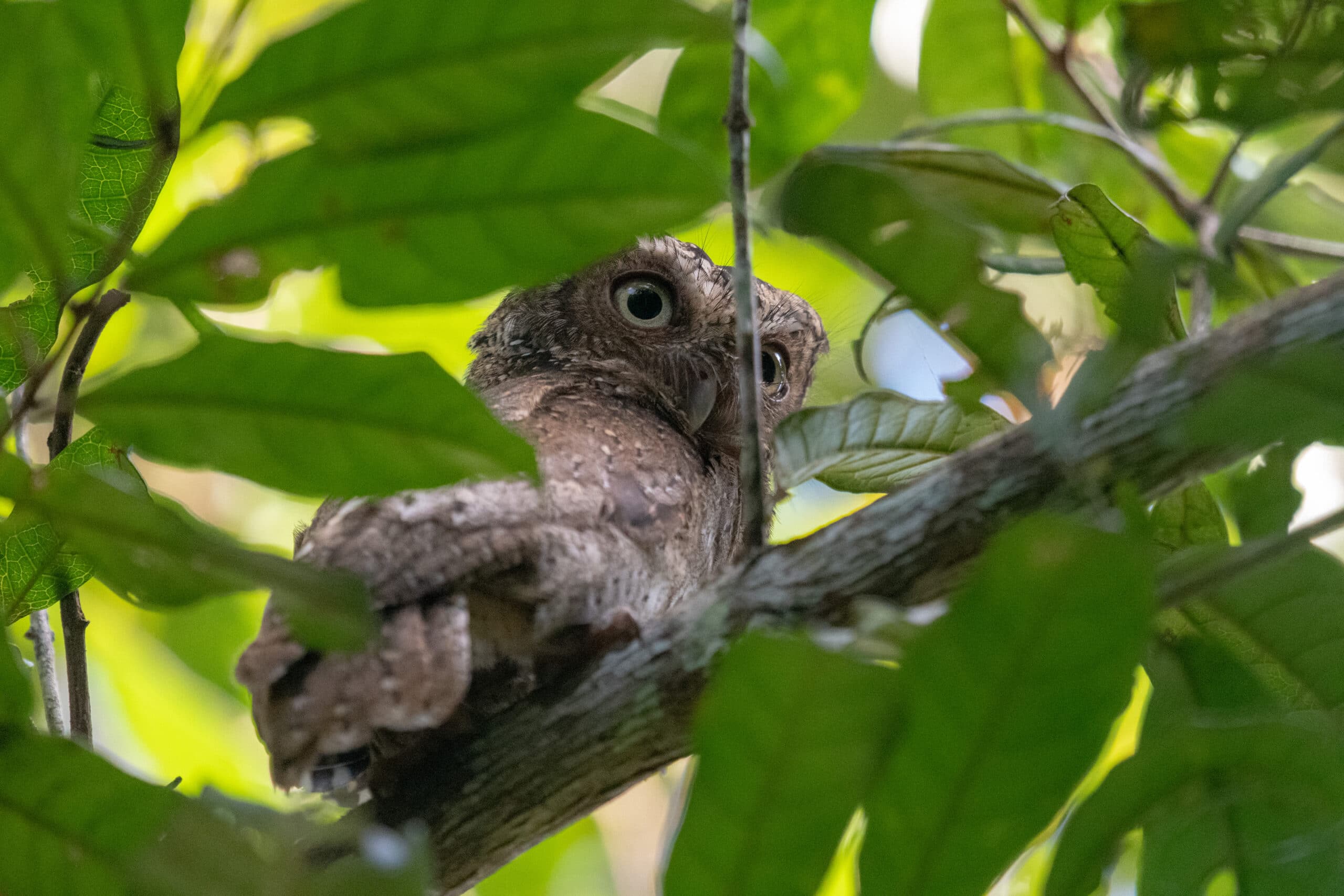Where Does Africa’s Smallest Owl Live?
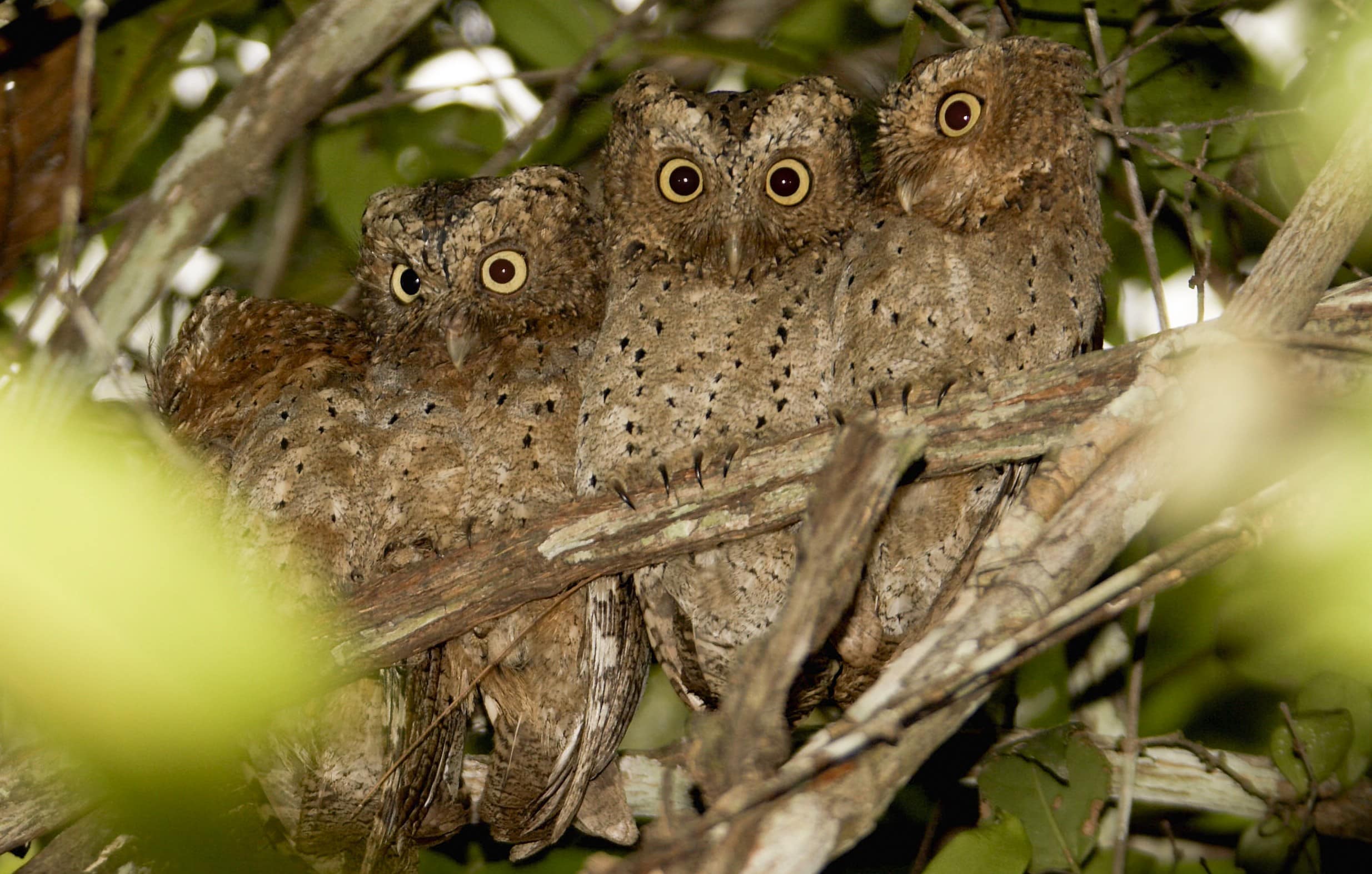
The Sokoke Scops Owl (Otus ireneae) is a tiny, nocturnal bird found only in three places in the world: Kenya’s Arabuko-Sokoke Forest and Dakatcha Woodland, and a small area in northern Tanzania. No bigger than a clenched fist, the owl is listed as Endangered on the IUCN Red List. Fewer than a few thousand individuals are thought to remain globally, and the species faces growing pressure from habitat loss due to deforestation, charcoal burning, agricultural expansion, and climate change.
Dakatcha Woodland is one of its last refuges. Yet, until recently, no one had conducted a systematic survey of the owl in this area. How many remain? Where are they found? What kinds of habitats do they rely on? Answering these questions is essential to conserving the species.
A First-of-Its-Kind Survey
In March 2025, A Rocha Kenya launched a dedicated survey of the Sokoke Scops Owl in the Dakatcha Nature Reserve and surrounding areas. Supported by the African Bird Club and the Mohammed bin Zayed Species Conservation Fund, the project aims to:
- Map where the owls live within the reserve and nearby habitats
- Estimate their population size and establish a baseline for Dakatcha
- Identify the habitat conditions the species needs to survive
Lead researcher Kirao explains:
“To conserve effectively, we need accurate data. It’s hard to protect what we don’t fully understand. Knowing how many owls remain, where they live, and what they need gives us the information we need to act.”
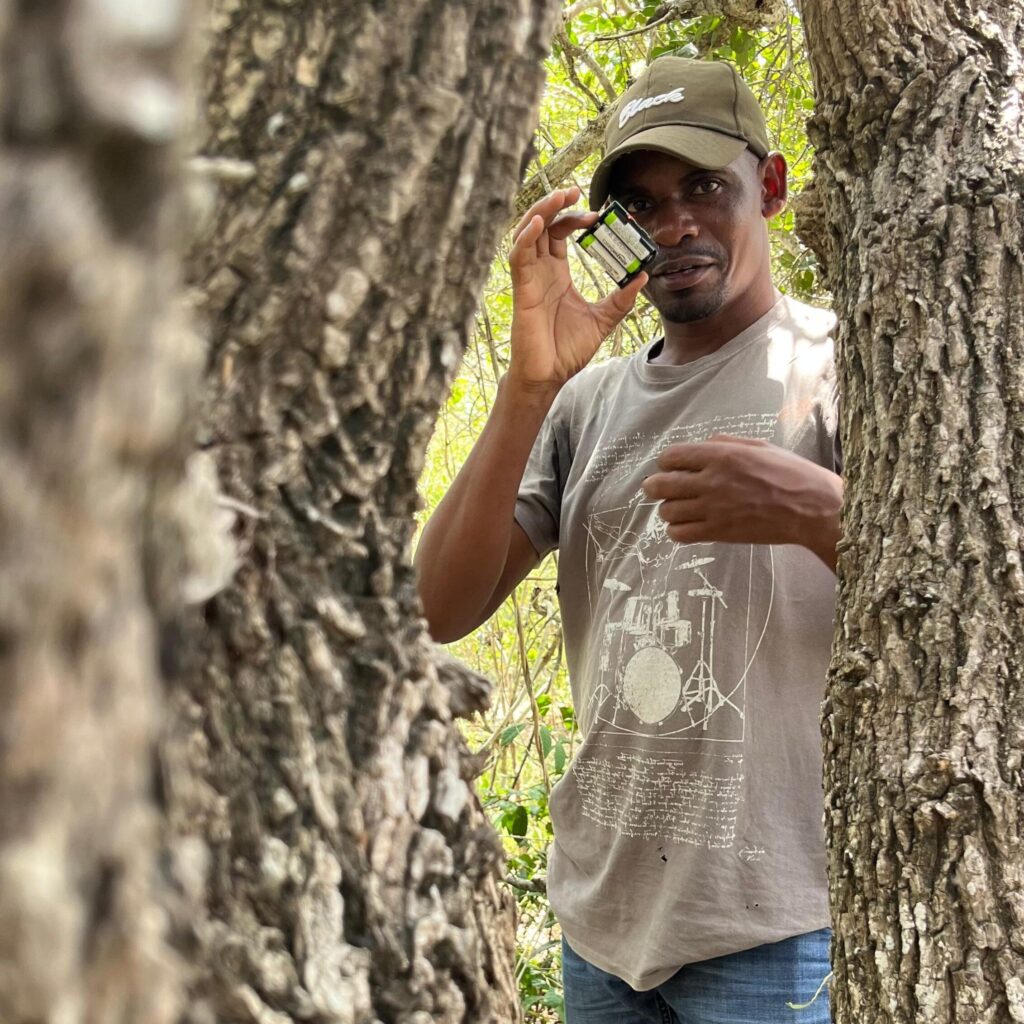
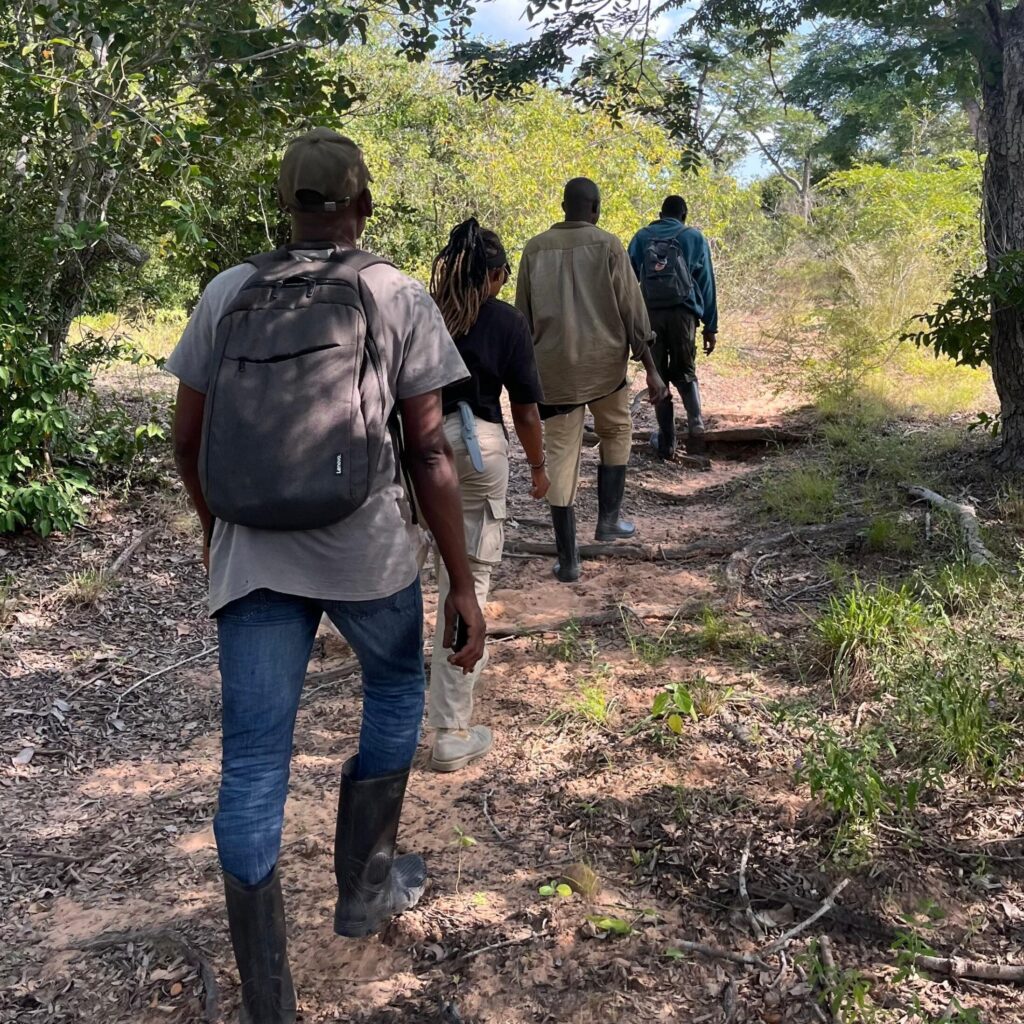
Life in the Field
Fieldwork begins early, long before sunrise.
“We leave camp at around 4 AM,” Kirao says. “We play a recorded owl call at set points and listen for a reply. It’s the only way to detect these birds because they are so elusive.”
After a short breakfast break around 7 AM, the team returns to the field. This time, they deploy AudioMoths, small sound recorders programmed to capture owl calls during the night.
Each survey is carried out using a grid system, with data collected methodically from each point. At every site, the team records whether or not owls are detected, and also assesses the condition of the surrounding habitat. This includes absence data, which is just as important as presence; it helps the team understand why owls occur in some places and not others.
What We’ve Learned So Far
Over the last four months, the team has completed five field visits, spending a lot of days in the forest.
Early findings highlight some key concerns:
- Sokoke Scops Owls appear to be few in number within Dakatcha
- Their distribution is patchy, with isolated pockets of owls separated by degraded habitat
This may sound discouraging, but it’s a critical starting point.
“We’ve never had a baseline before,” says Kirao. “This data will help guide how we conserve and restore the forest. It also helps us focus our limited resources where they’re needed most.”
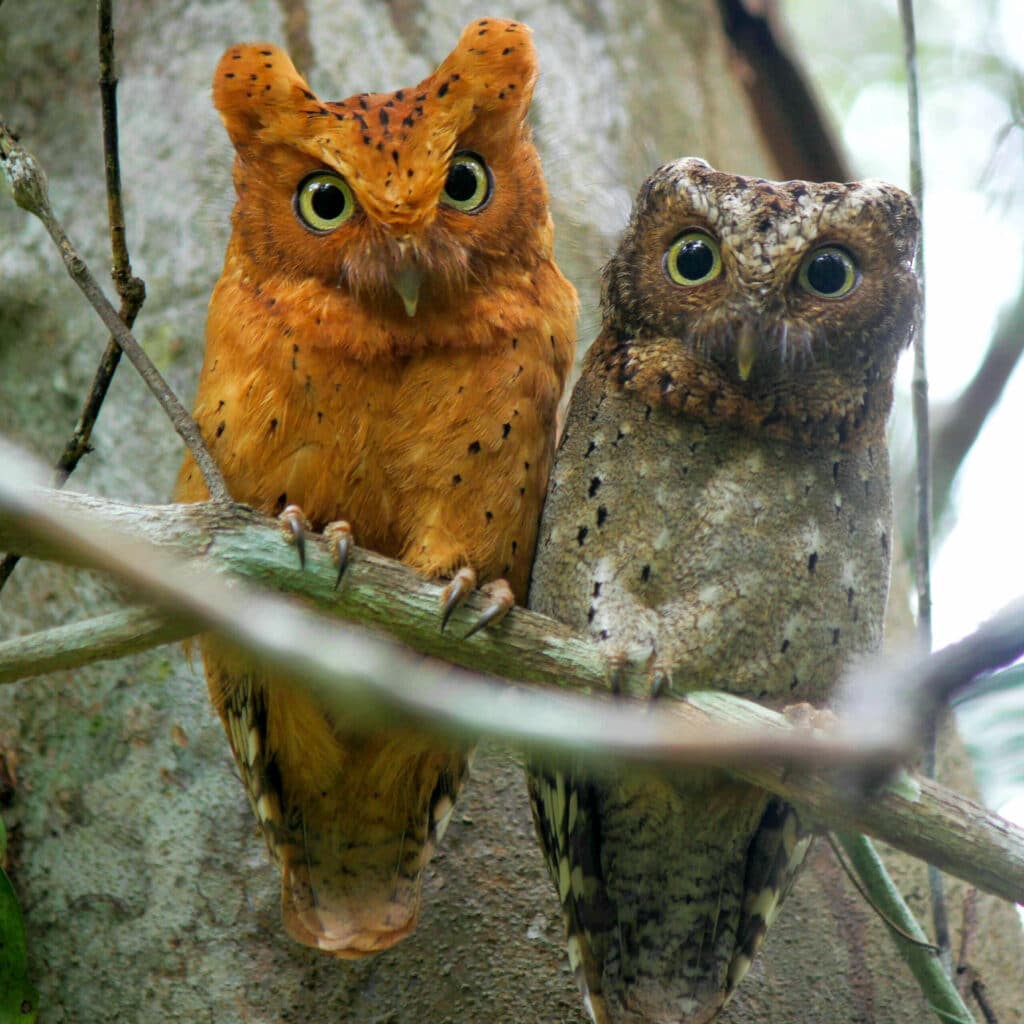
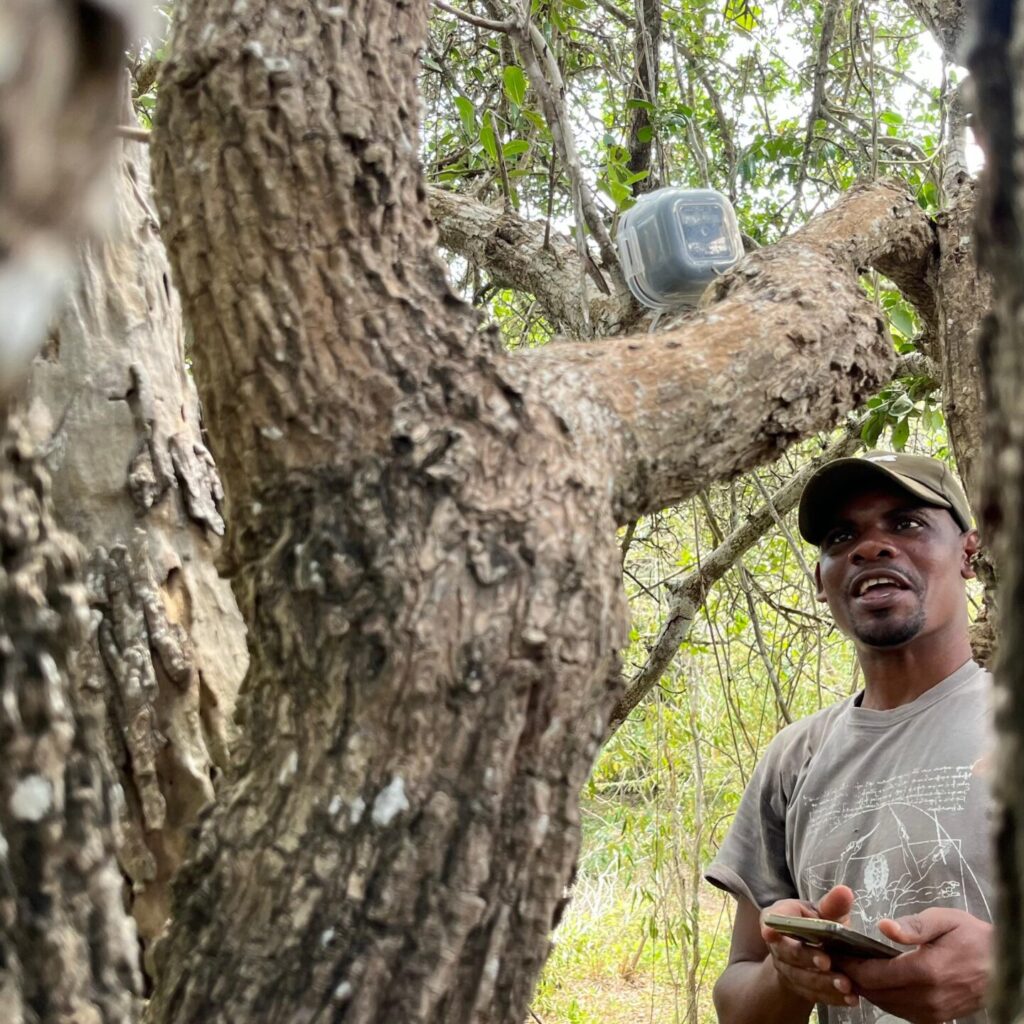
Why This Matters for the Future
The data being collected will help A Rocha Kenya:
- Create a detailed distribution map of the Sokoke Scops Owl in Dakatcha
- Establish a baseline population to track changes over time
- Understand habitat needs, enabling targeted restoration and conservation
With this knowledge, we’ll be better prepared to monitor trends, respond if populations decline, and prioritise areas most vital to the owl’s long-term survival.
What’s Next?
The next stage of the survey is ongoing, a 22-day field expedition to continue coverage of the other areas of the A Rocha Kenya Dakatcha Nature Reserve. The work is careful and demanding, but it will offer the clearest picture yet of how this rare species is faring in Dakatcha.
“When you hear the owl calling back in the darkness, it’s a quiet moment of wonder,” says Kirao. “It reminds us why we’re out here, why every early morning and long day is worth it.”
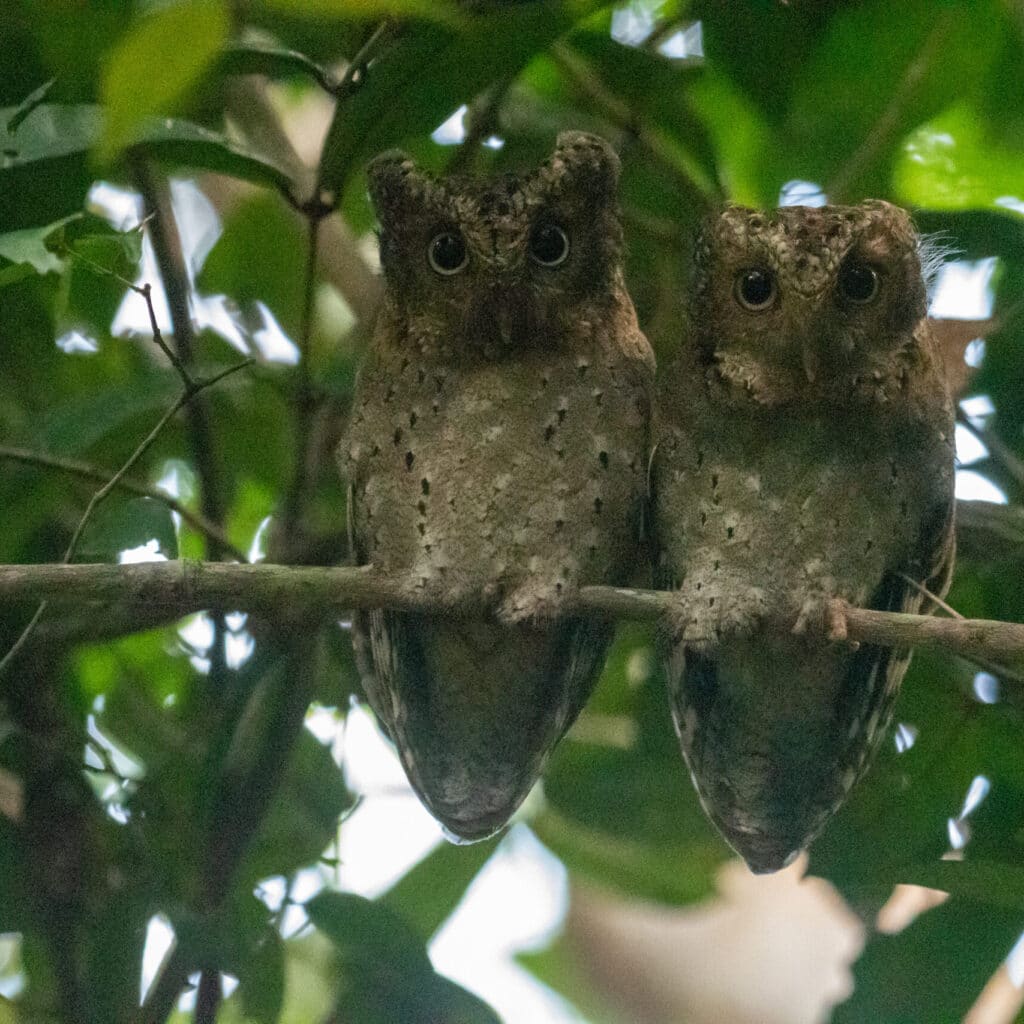
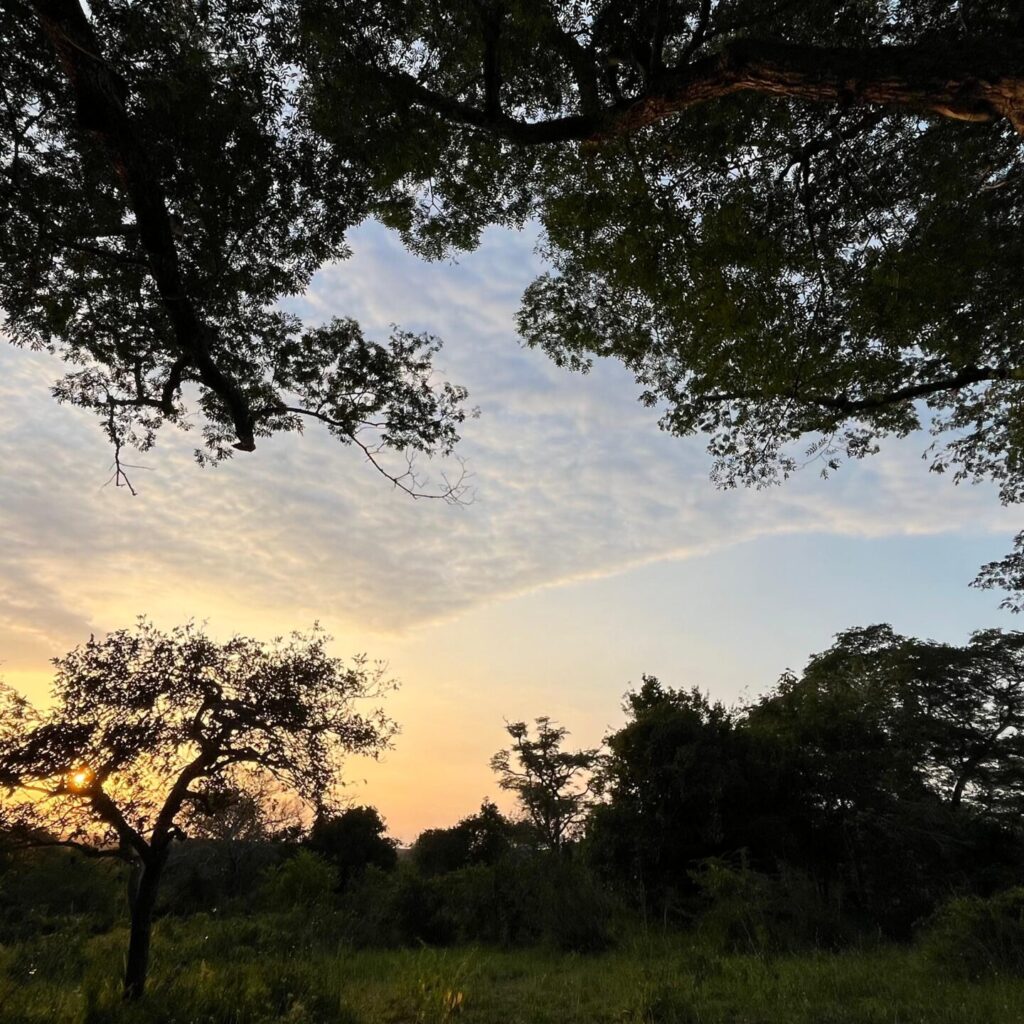
A Shared Goal
This work is made possible through the generous support of the African Bird Club, which sponsored one field study in 2025, and the Mohammed bin Zayed Species Conservation Fund, which sponsored the other.
At A Rocha Kenya, we are committed to ensuring that the Sokoke Scops Owl, and the forest it calls home, are conserved for generations to come, as part of our calling to care for God’s creation.
How You Can Help
We’ll be sharing updates from the field over the coming weeks. Follow us on Facebook, Instagram, and our blog to be part of the journey.
We’re committed to conserving the Sokoke Scops Owl and protecting the forest it calls home, but we can’t do it alone.
You can help in several ways:
• Join a survey team
• Start a fundraiser
• Make a donation
Interested in supporting conservation in Dakatcha?
You can give directly to the owl survey, or help secure habitat through our Dakatcha land purchase initiative.
Every gift makes a difference. Donate today.
